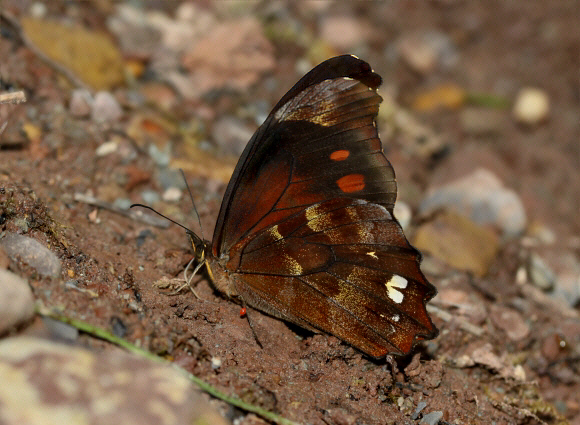
Introduction
There are 1100 known species of Satyrinae in the neotropical region. About 570 of these are placed in the subtribe Pronophilina – a diverse group of high altitude cloudforest butterflies, all of which are confined to the neotropical region. The vast majority are found only in the Andes, but 4 species are known from the Atlantic cloudforests of Brazil, and there are a further 6 species that are endemic to Guatemala, Costa Rica or Mexico. More oddly there is one genus Calisto that is found exclusively on the Caribbean islands of Cuba and Hispaniola.
The genus Mygona comprises of only 2 known species – irmina from Venezuela, and prochyta which is distributed from Ecuador to Bolivia. The type location of prochyta prochyta is Bolivia. There are 4 other subspecies, namely poeania from Ecuador; and the Peruvian endemics chyprota, magalyae and thammi.
Habitats
This is a forest species found at altitudes between about 1400-2800m.
Lifecycle
The lifecycle appears to be unrecorded. The following generalisations are applicable to the subtribe Pronophilina and are probably applicable to Pronophila: The eggs are round, white or pale greenish white, and laid singly on the foodplants or on surrounding vegetation. The larvae are typically pale brown, marked along the back and sides with narrow dark stripes, and tapering towards each end. The head is large in proportion to the body and has two short forward-pointing horns. The tip of the abdomen is equipped with a pair of caudal prongs which are used to flick the frass away from the feeding area. The larvae of all known Pronophilina feed on Chusquea – a genus of bamboo which grows in thickets, mainly along the courses of streams.
Adult behaviour
Males can be found imbibing moisture from narrow tracks within the forest, but will also come out into more open areas occasionally.
